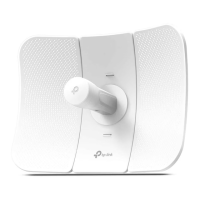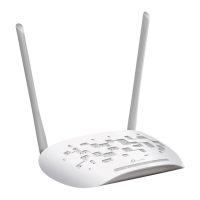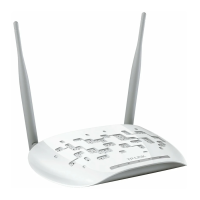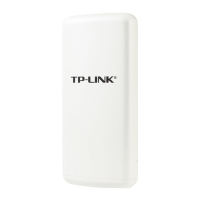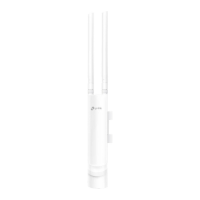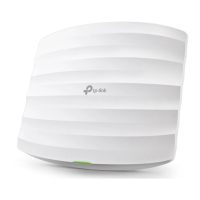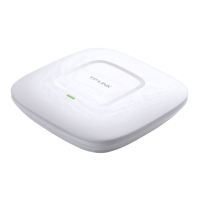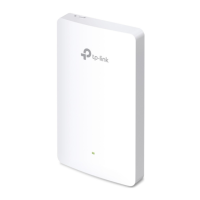77
UPnP Enable or disable UPnP. If you use applications such as multiplayer
gaming, peer-to-peer connections, or real-time communications such
as instant messaging or remote assistance (a feature in Windows XP),
you should enable the UPnP function. The Universal Plug and Play (UPnP)
function allows the devices, such as internet computers, to access the
local host resources or devices as needed. Host in the local area network
can automatically open the corresponding ports on a router, and make
the application of external host access the resources of the internal host
through the opened ports. Therefore, the functions limited to the NAT
can work properly. Compared to virtual server and port triggering, the
application of UPnP doesn’t need manual settings. It is more convenient for
some applications required unfixed ports.
$SS'HVFULSWLRQ Displays the description provided by the application in
the UPnP request.
([WHUQDO3RUW Displays the external port number that the router opened for
the service application.
,QWHUQDO3RUW Displays the internal service port number of the local host
running the service application.
3URWRFRO Displays which type of protocol is opened.
,3$GGUHVV Displays the IP address of the local host which initiates the
UPnP request.
6WDWXV Enabled means that port is still active. Otherwise, the port is
inactive.
4.5 &RQILJXUHWKH6HFXULW\)HDWXUH
Note:
Security submenu is only available in AP Router Mode and AP Client Router (WISP Client) Mode.
Stateful Packet Inspection (SPI) is a firewall that keeps track of the state of network
connections (such as TCP streams, UDP communication) traveling across it. The firewall
is programmed to distinguish legitimate packets for different types of connections. Only
packets matching a known active connection will be allowed to pass through by the
firewall and others will be rejected. SPI Firewall is enabled by factory default.
